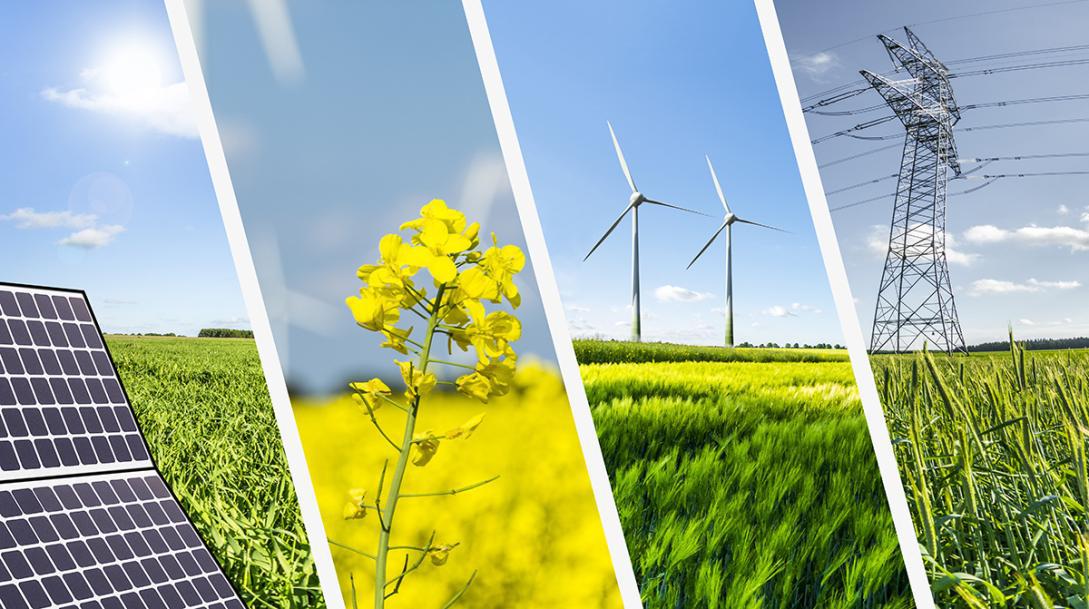ASTANA – The energy ministries of Kazakhstan, Azerbaijan, and Uzbekistan have signed a historic memorandum at the Tashkent International Investment Forum on May 1, initiating cooperation on interconnecting their energy systems and laying the groundwork for a transcontinental energy corridor to Europe. The realization of this initiative will elevate these countries to important positions in the global clean energy market and strengthen their role in Europe’s energy landscape.

Photo credit: eeas.europa.eu
Regional cooperation strengthens energy integration
Ilgar Velizade, the head of the South Caucasus, Azerbaijani Political Scientists’ Club, noted that this agreement follows months of negotiations and consultations. Since late 2022, the parties have explored collaboration on green energy and discussed the transportation of energy from the Caspian and Central Asian regions to Europe.
“Discussions are also underway regarding the laying of a cable to transport green energy from the Caucasus towards Romania and the Eastern Balkans across the bottom of the Black Sea,” said Velizade. “The recent decisions align with the logic of this extensive process, which involves connecting two interstate cables. These cables will link the Caspian and Central Asian regions with the Caucasus on one side and the Caucasus with Europe on the other.”
In his opinion, this interaction fits into the framework of Turkic cooperation, where this issue also holds paramount importance. Alongside other ongoing projects, this project promises success and will benefit societies and states, strengthening cooperation and trust in the Central Asian and Caucasian regions.
Potential for clean energy production
Ilaha Mammadli, the Deputy Editor-in-Chief of Report Agency, asserts that through collaborative endeavors, Kazakhstan, Uzbekistan, and Azerbaijan can spearhead Europe’s energy transition, delivering clean, reliable, and cost-effective energy to the continent.

The energy ministries of Kazakhstan, Azerbaijan, and Uzbekistan singed a memorandum on May 1st in Tashkent. Photo credit: yenisafak.com
“The Caspian Sea alone harbors substantial potential for wind energy production, estimated at around 157 gigawatts (GW). This considerable capacity is highly sought after in Azerbaijan, although it significantly surpasses the nation’s current requirements,” she said.
Mammadli outlined Azerbaijan’s substantial economic potential in renewable energy (RE), comprising 27 GW, including 3,000 megawatts (MW) from wind energy and 23,000 MW from solar energy. The Azerbaijani government aims to increase the share of RE in its energy balance to 24% by 2028.
“Regarding Kazakhstan, its wind potential exceeds 1.82 trillion kilowatt-hours (kWh) per year, while solar energy reaches one trillion kWh. Kazakhstan plans to elevate the RE share in its overall electricity production to 6% by 2025 and 10% by 2030,” said Mammadli.
Mammadli also highlighted Uzbekistan’s aspirations, aiming to increase the share of RE in its total electricity production to 25% by 2030. Uzbekistan boasts a wind energy potential of 520 GW and a solar energy potential of 2.058 trillion kWh.
She underscored that this project not only diversifies Europe’s energy sources but also fosters new avenues for economic collaboration among participating countries.
In her opinion, the Tashkent meeting and its outcomes signify a significant stride towards establishing an integrated regional network capable of enhancing energy efficiency and stimulating the green economy’s growth.
Benefits and opportunities
Nigar Abbasova, an Azerbaijani oil and gas expert, echoed Mammadli’s view.
“The signed memorandum indicates a strong desire and interest to expand the horizons of cooperation and enter new markets, primarily for the Central Asian countries,” she said.
She emphasized the significance of integrating the energy systems of the three countries to supply green energy from Central Asia to Europe via the South Caucasus, connecting Central Asia with the Caspian and Black Sea regions.
According to Abbasova, the benefits of the project are evident for all parties involved, including the creation of new jobs, income from electricity trading, increased foreign trade turnover, and overall strengthening of cooperation.
“The presence of such ready-made export infrastructure may also arouse interest from neighboring countries to become a part of it. The experience of the Southern Gas Corridor in this regard is quite illustrative,” she said.
In Abbasova’s view, if a power cable is laid along the bottom of the Caspian Sea, other Central Asian countries may express interest in supplying or receiving electricity through it in the future.
“The Kyrgyz Republic recently announced its readiness to receive electricity from Azerbaijan via Kazakhstan and Uzbekistan. Most likely, over time, the number of those willing to play the role of exporter or importer may increase,” she added.
In December 2022, Azerbaijan also signed an agreement with Georgia, Romania, Hungary, and subsequently Bulgaria to lay the Black Sea Energy submarine electric cable. This cable, with a capacity of 1,000 MW and a length of 1,195 kilometers, aims to transport green electricity generated in Azerbaijan via Georgia and the Black Sea to Romania, with subsequent transmission to Hungary and other parts of Europe.
The article was originally published in Kazinform.


